Hancock Woodlands: A legacy in landscape
TEXT BY SHANNON BAKER, OALA
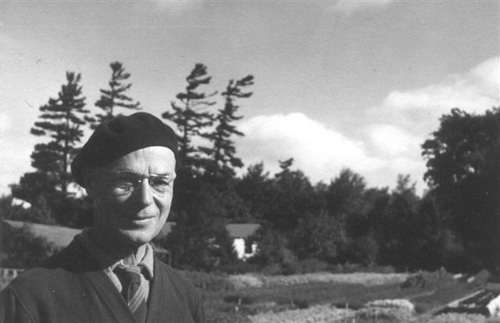
On a warm spring evening, cherry blossoms just breaking bud, the sound of bird song and the wind whispering through the pine trees is all that can be heard in the Hancock Woodlands. Amongst the trees, it is easy to forget that this ten-acre parcel sits in the heart of Mississauga. The group of white pines, standing on this land for hundreds of years, is what drew Dorothy and Leslie Hancock to the land in the 1930s. The trees remain a touchstone for the family today—a family that is deeply rooted in this place, a family that regards their role as stewards of the land with a deep sense of purpose and strong emotion.
After purchasing the property, Leslie and Dorothy Hancock set about building a home and developing a nursery business on the site, Woodland Nurseries. A graduate of the Ontario Agricultural College, Leslie Hancock laid out the nursery property on an axis responding to the pines as well as to the organizing grid established by the surrounding roads. The fields were soon filled with young trees and shrubs, and, most famously, many rhododendrons and azaleas imported from Asia. At its height, the nursery carried more than 30 species and many more cultivars of these specialties such as Rhododendron catawbiense.

Leslie Hancock would go on to lecture in horticulture at the Ontario Agricultural College, where he developed a keen interest in the cultivation of rhododendrons. In winters, he would carve out winding paths through the woodland, laid out with a sensitivity to nature and the landscape. The magic of discovery that the winding layout created can still be read in the landscape today. This is especially true in spring, when a burst of pink rhododendrons explodes amongst a backdrop of deep green.
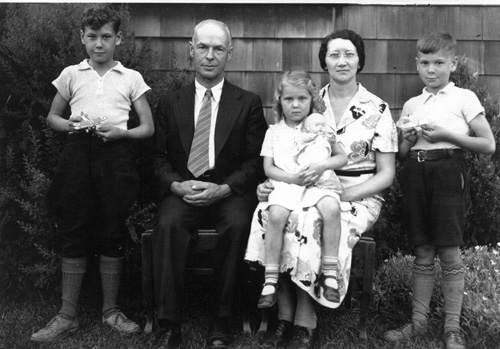
The Hancocks had three children—Macklin, Donald, and Marjorie—and each grew up with a strong sense of place and respect for nature. All three worked in the nursery for periods of time, as did some members of subsequent generations. Following the deaths of Leslie and Dorothy Hancock, all three children became owners. Donald conducted his landscape business in the latter years from the nursery office. Marjorie began working with Leslie a number of years before his death, at first designing the nursery catalogues, and eventually moving more into horticultural practice, apprenticing with her father. Fraser Hancock, son of Macklin, also studied horticulture at the University of Guelph, and went on to co-manage the nursery with Marjorie after Leslie’s death, Marjorie serving as office/ business manager and Fraser as production manager, and eventually business partner. For a time, members of the fourth generation were also involved. At the height of operations, Woodland Nurseries also had satellite farms: a property on Trafalgar Road in Hornby, where Donald and family lived; leased land on the 8th line; and land under a Hydro right-of-way on Creditview Road in Meadowvale (now Mississauga).
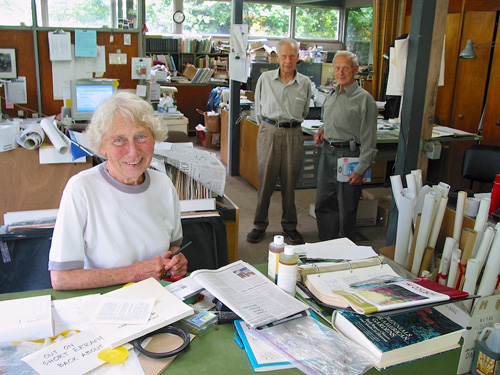
The eldest son, Macklin, studied at the Ontario Agricultural College (then part of the University of Toronto) and afterwards studied landscape architecture and planning at the Harvard Graduate School of Design. He was called away from his studies for a time to work on the Don Mills New Town plans, and went on to found Project Planning Associates, a pioneering firm with a multidisciplinary approach to practice. The firm employed landscape architects, planners, engineers, and environmental specialists, and completed a wide range of local and international projects, including Centre Island Park, the Don Mills New Town master plan, the waterfront of Kuwait, the University of Guelph Master Plan, and the City of Xi’an in China. Informed by the values instilled in him by his parents and grandparents, Macklin Hancock’s work took inspiration from the form and structure of the existing landscape, and he always strove to work in harmony with nature. His daughter, Carol Hancock, recalls her father forever reading the landscape through the eyes of a landscape architect, telling her to “look at the grade” on a family road trip, his eyes transfixed on the winding Tennessee road so artfully carved into the hills by the Tennessee Valley Authority. During his career, Macklin served as the President of the Ontario Association of Landscape Architects, as well as the Canadian Institute of Planners. The Project Planning Associates Ltd./Macklin Hancock fonds are archived at the University of Guelph.
Donald Hancock followed in the footsteps of his older brother Macklin, and also went on to become a landscape architect. He worked alongside Macklin at Project Planning Associates on projects such as the master plan for Bronte Creek Provincial Park, Don Mills, and the Kuwait waterfront, and notes that the most rewarding aspect of the Kuwait project was working along- side his mentor, his brother. Donald can still recall discussions with Macklin about siting houses, studying the topography, the woodlands, and the railway tracks that cut lines through the landscape.
The youngest of the three children, Marjorie, also spent time working with Project Planning Associates, bringing her training in art and design at the Ontario College of Art to the firm to complete colour palettes for developments such as Don Mills. Her design philosophy, as recalled by her son Mark, was that horticulture, art, and design should all be carried out in modest scale. She went on to co-manage Woodland Nurseries, becoming a very knowledgeable horticulturist and a fierce steward of the woodland.
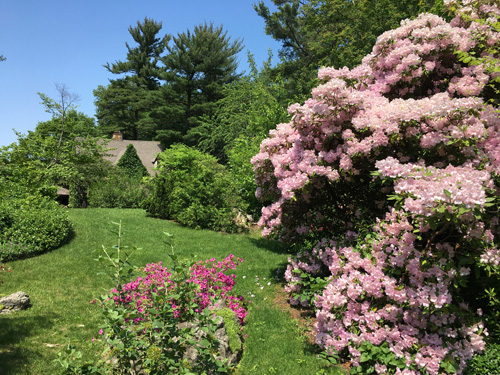
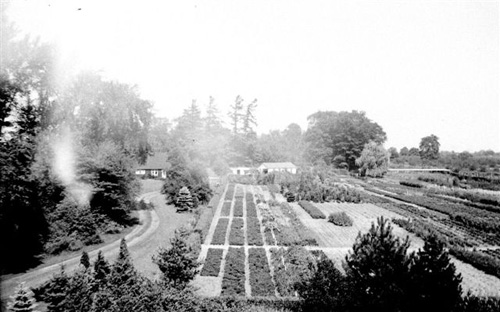
At a time when so many cities are disconnected from nature and from place, the legacy of the Hancock Woodlands is an important one. A family so closely connected to the landscape in which they lived and worked is remarkable. Their shared respect for nature, and its influence over their practice of landscape architecture and horticulture, as well as many related design endeavours, is inspiring.
In 2010, the Hancock family sold seven acres of the ten-acre parcel that was once Woodland Nurseries to the City of Mississauga, hoping to preserve the property for generations to come as parkland. The remaining three acres are still owned within the family, and are the sites of several family homes. The nursery closed at the end of January 2010, when the sale to the City was final. Fraser Hancock notes that his wish for the property is that it continues on as “a touchstone for people to connect to nature, something they can experience.” Today, the first phase of the park has been completed, making the remarkable woodland, where generations of a family rooted themselves in a landscape, accessible to all. It is a place of quiet refuge in the city, where the connectedness of people and place is deeply felt.
BIO/ SHANNON BAKER, OALA, IS A LANDSCAPE ARCHITECT AT WATERFRONT TORONTO AND A MEMBER OF THE GROUND EDITORIAL BOARD.
THE AUTHOR THANKS GRACE HANCOCK, CAROL HANCOCK, DONALD L. HANCOCK, DONALD W. HANCOCK, FRASER HANCOCK, AND MARK VAN ALSTYNE FOR GENEROUSLY VOLUNTEERING THEIR TIME TO BE INTERVIEWED FOR THIS ARTICLE.
